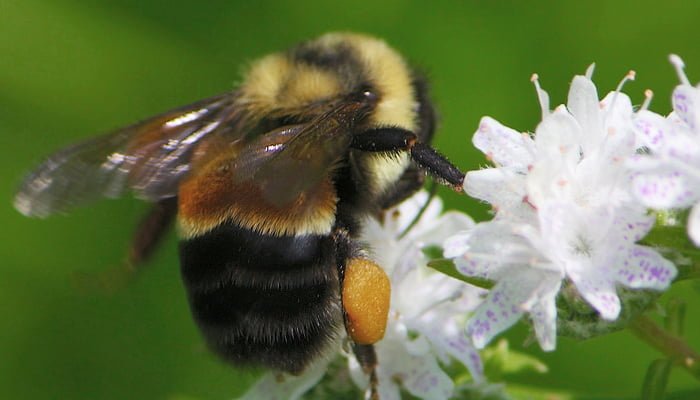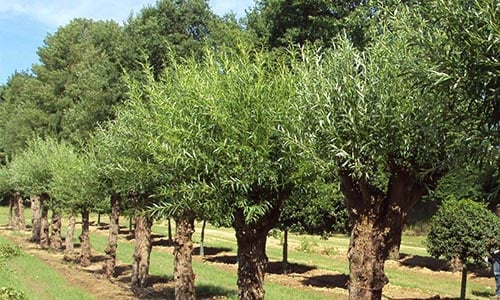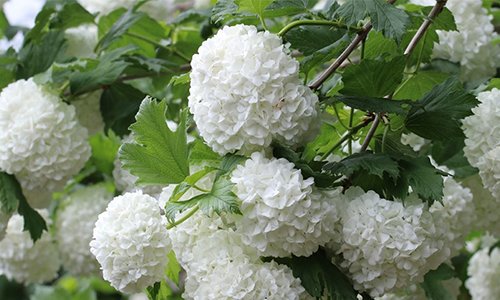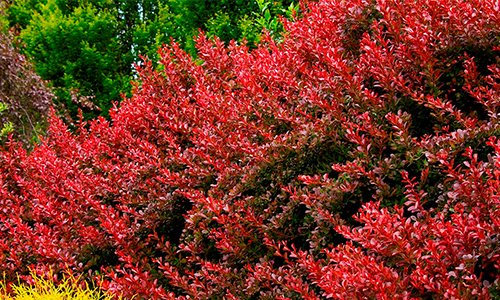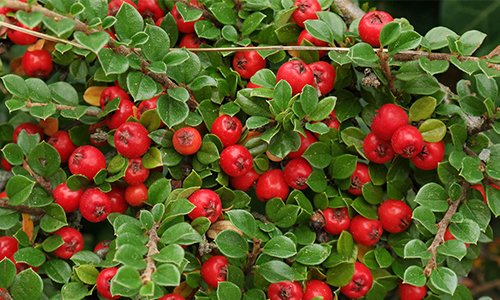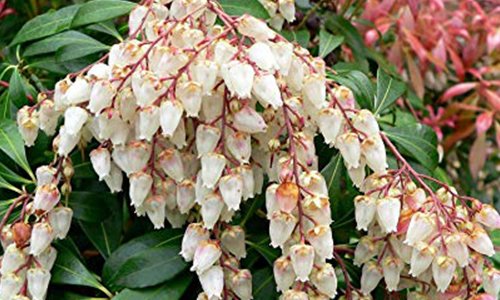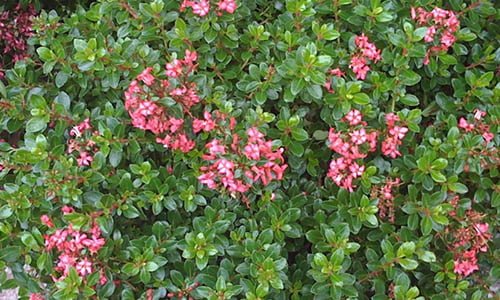The Rusty Patched Bumble Bee is officially on the endangered species list. You may be thinking; bubble bee endangered, why do I care? Well, the rusty patch bumble bee is a vital pollinator. In short, without them, food doesn’t grow. But, did you know that there are some things you can be doing on your own property to help promote bumble bee health? You can start by adding some bee friendly plants to your landscape design plan! These plants can help to attract bumble bees, and provide them with food sources.
Here’s a list of some bee friendly plants and trees specific to attracting bumble bees –
Fruiting & Ornamental Varieties (Apple, Cherry, Plum, Pear)
Willows (Salix)
Viburnums
Barberry
Cotoneasters
Japanese Andromeda
Escallonia
California Lilac
Some other suggestions in addition to adding bumble bee friendly plants to your landscape are:
- Growing A Garden – Plants with flat, single blossoms are easiest for bees to access. Bumble bees are also highly attracted to the colors purple, blue, and yellow. They cannot see the color red.
- Using Native Plants In Your Landscape – Bumble bees rely heavily on native plants for pollen and nectar, as they provide much more than non-native plants do.
- Protect Hibernation – Bumble bees overwinter in small holes in the ground just below the surface. Because of this, if you can avoid mowing before April or May, this can help protect hibernating bumble bee queens.
- Bumble Bee Nest Boxes – Creating a bumble bee nest box is another great way to foster safety for bumble bees.
Pollinators like the Rusty Patched Bumble Bee play an essential role in maintaining the food supply. Bees in the US pollinate more than 90 commercial crops like; nuts, fruits, vegetables, etc. Bumble bees play a large role in the vital pollination process that provides us with food. You can play a role in helping protect and save them by incorporating bumble bee friendly plants in your landscape, planting a bee friendly garden, using native plants, and adding bumble bee nest boxes to your yard!
Your professional arborist can help you to properly identify the existing trees and shrubs on your property, as well as recommend new additions to your landscape design that can help attract and protect bumble bees on your property. Contact the arborists at Red Cedar today for your free consultation!


